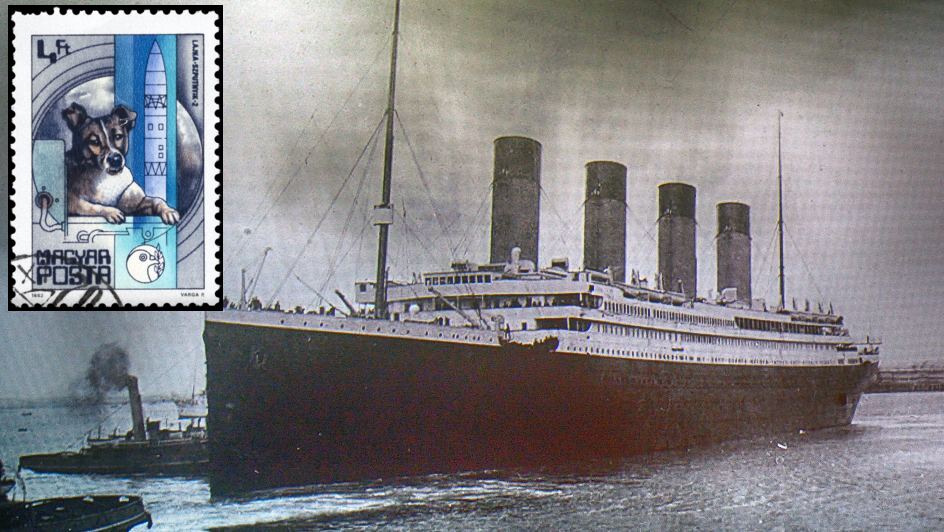#ThrowbackThursday – 14 April

Tragedy seems permanently stitched into the design of human beings. History brims with tragedies a-plenty, and many of us have endured adversity in one or another. Yet, as history shows, we are able to learn and grow from the challenges presented to us.
On that note, here are three events that went down in history on 14 April:
1865 – Booth Assassinates Lincoln
One hundred and fifty-seven years ago, the curtains closed on the life of US President Abraham Lincoln.
On the night of 14 April, Lincoln and his wife, Mary Todd, attended the performance of “Our American Cousin” at Ford’s Theatre in Washington, DC.
The couple sat unguarded in the presidential box, unaware that the famous stage actor and Confederate sympathiser, John Wilkes Booth – who was seated in the audience – had sinister intentions.
Then, during the play’s third act, Booth entered the presidential box and shot Lincoln in the back of his head with a Derringer pistol. The president would die from the bullet wound in the early hours of 15 April.
As for Booth, he fled to a farm in Virginia, where he was found by the authorities 12 days later and shot dead after refusing to give himself up.
Across the States, people mourned for Lincoln, with African Americans – whose rights that Lincoln sought to defend – reportedly feeling the loss much more.
1912 – “Titanic”: The Beginning of the End
It was 11:40PM on a cold Sunday evening when the RMS “Titanic” struck an iceberg in the North Atlantic Ocean.
Dubbed “the unsinkable ship” by the media, the British passenger liner embarked on her maiden voyage from Southampton, England, to New York City in the United States of America four days before. Alas, it would never arrive.
After hitting the iceberg, water began flooding her forward six compartments, thus dooming her to her watery fate.
At precisely 2:20AM on Monday morning – nearly three hours after the collision – “Titanic” sunk into the frigid waters.
Of the estimated 2 224 souls aboard the ship, approximately 1 514 died in the sinking. Only 713 people, consisting of passengers and crewmen, survived the tragic ordeal; the last known survivor, Millvina Dean, who was two-months-old when she was aboard the doomed ship, died in 2009 at the age of 97.
In the aftermath of the demise of the “Titanic”, outdated standards, tools and requirements – such as the supplying of life jackets and life-boats, and having better access to searchlights – were overhauled, and international maritime protocols were introduced to improve the safety of future vessels.
1958 – Remembering Laika the Space Dog
The strides made in space exploration and technology are immense. Sadly, many of these were made at the expense of the lives of animal test subjects – Laika was the first living creature to orbit Earth, albeit at a tragic cost.
Laika was a six-kilogram, black-and-white mutt who was launched into space by Soviets scientists who wanted to better understand how various aspects of spaceflight, from being launched to the effects of microgravity, affects the human body.
As the scientists’ “guinea pig”, Laika was placed aboard a satellite named Sputnik 2, and subsequently launched into space in November 1957. She was secured to a harness, and had access to gelatinised food and water, although sensors in the cabin showed that she was in an agitated state.
About five-to-seven hours into the mission, scientists received no more signs of life from the sensors. Laika’s remains would orbit around Earth 2 570 times over five months before they disintegrated as the satellite made its re-entry on 14 April 1958.
Sixty-four years later, the circumstances behind Laika’s death continue to be debated: some sources say that she died when the cabin overheated, while others believed she passed away five-to-seven days into the voyage.






















